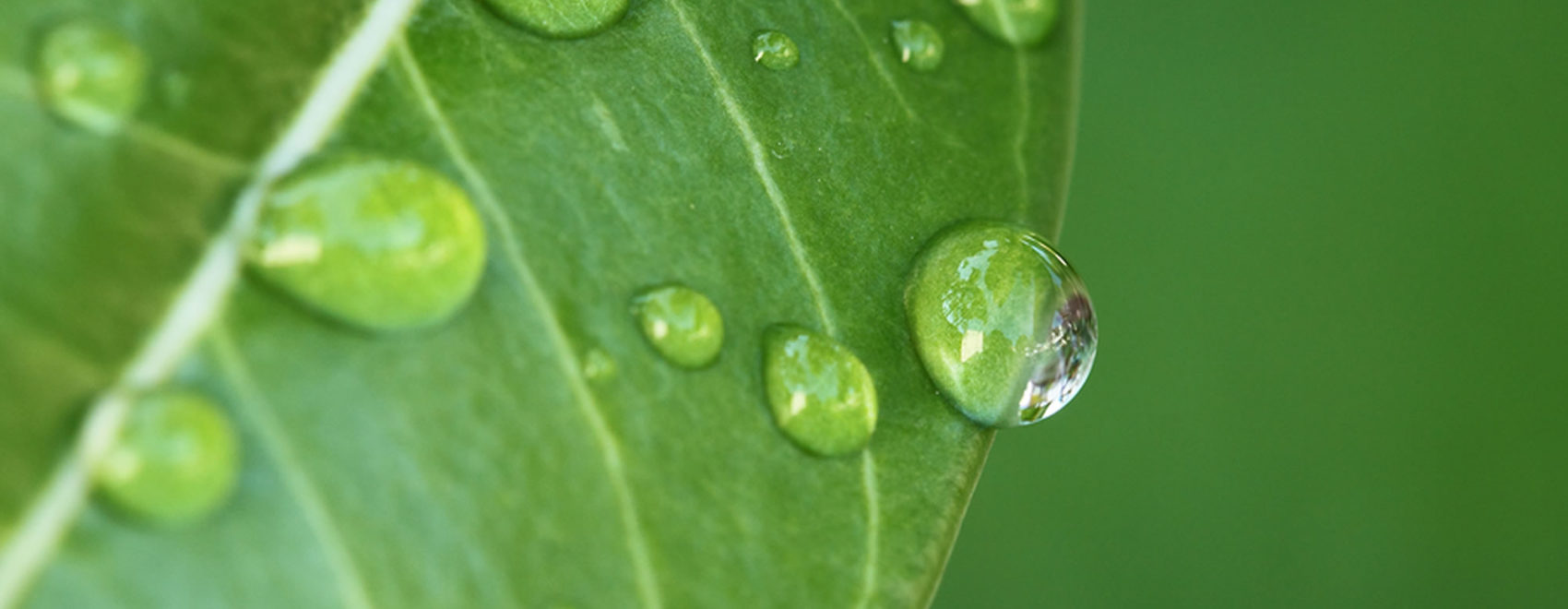The Importance of Potable Water in a Survival Situation
The importance of water to the human body should be obvious to most of us. Comprised of 75% water, we need to consume approximately 2 liters per day to maintain healthy bodily function.
Even though the Earth is predominantly water, it isn’t always easy to find. If you’ve spent any time outdoors, you know that potable water can be difficult to find in some environments.
Sure… there may be water around – but is it safe to consume? And if it’s not safe to consume, how do we purify it with the tools (or lack thereof) we have available?
Finding Water in the Wilderness
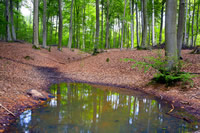
Obviously, plants and animals in the area are finding water to survive, so it must be available somewhere, right? The trick is in knowing where to look, being resourceful, and conserving every drop of water that you do find.
The most obvious place to find water is natural bodies of water such as streams, rivers, ponds, and lakes.
Streams and rivers are your best source for water if it can be purified through boiling, a portable water filter, or water purification tablets. Otherwise, you risk ingesting viruses, protozoa, and bacteria that can make you sick.
Stagnant water from lakes and ponds can also be home to bacteria that you definitely do not want in your intestinal track, and should be purified before drinking as well.
So, this begs the question of where to find water that is safe to drink when no purification method is available?
Finding Water You Can Drink without Purification
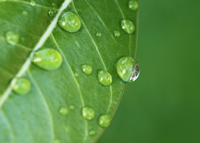
If you have absolutely no way to purify water (i.e. boiling, iodine, chlorine tablets, etc.), you need to stick to water sources that are almost always safe to drink.
Rainwater is going to be your best source of drinking water when no purification methods are available. Rainwater is one of the best sources of fresh water because it is purified by the process that creates it (evaporation) and can easily be collected for consumption.
In cold climates, snow and ice are an excellent source of water. Just make sure you melt snow and ice before consuming it to maintain your body temperature.
Condensation on non-poisonous plants, especially morning dew, is another good water source. This water is also purified and ready for consumption. If you have a clear plastic bag, you can use it to cover a leafy tree branch or plant to collect condensation from the leaves.
Even plants themselves have high moisture content and it’s not too difficult to squeeze moisture out of plant matter when necessary.
Water Sources to Avoid
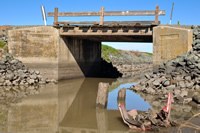
As already mentioned, stagnant water from ponds and lakes should be avoided, as well as river and stream water unless you can purify it. You should also avoid any water that has obviously been contaminated by animal waste or industrial processes.
For example, water that has an oily slick on the top of it from a factory up river should not be consumed. Even boiling will not remove many synthetic chemical compounds from drinking water.
Avoid salt water at all costs. Not only does it taste bad, it actually dehydrates your body more rapidly and can quickly create a life-threatening situation. Do not drink urine, no matter what you may have seen on TV shows or movies. Drinking it will increase your rate of dehydration and cause a buildup of urea salts in your system.
Do not drink blood either due to its heavy iron content, which can cause your body to experience an iron overdose.
Simple Water Purification Methods
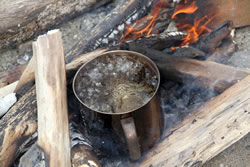
Boiling is the easiest way to purify water. It does not remove physical sediment or synthetic chemicals, but it does an excellent job of removing pathogens from contaminated water.
Boiling for just a few minutes will make even stagnant lake water safe to drink; although care should be taken to remove as much physical sediment from the water as possible.
If starting a fire to boil the water is not an option, you can create a rudimentary filter system or you can create a solar still.
A filter system is made by putting layers of sand, gravel, and small rocks into a container and pouring water through it. As the water trickles through these layers, physical sediment and some bacteria will be removed from the sample. This is not a guaranteed purification method, but it’s better than nothing.
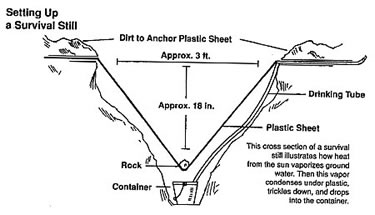
Solar Still
A solar still is another water purification tool and can be built if you have a clear plastic sheet. The downside is that a solar still relies on the heat of the sun to work.
If there’s no sun, a solar still is a waste of time. In addition, while it may remove some pathogens from the water, bacteria can still remain.
You can construct a basic solar still with a piece of clear plastic, a hole you dig in the ground, and a small container to catch purified water.
- Start by digging a hole in the ground. How big you make the hole is up to you, but shoot for at least 3 feet across and 1 foot deep.
- Place your container in the center of this hole. The container can be anything that will hold water without leaking.
- Pour water into the hole, being careful not to pour it into the container in the center. You can also add green plant matter to the still as the moisture in the plants will also evaporate.
- Now stretch the clear plastic over the hole and secure on the outside with rocks, logs, or other heavy objects. Place a small rock in the center of the plastic sheet so it dips down directly above the container.
As the sun heats the still, water will evaporate and collect on the top of the plastic sheeting where it will run down and drip into the container. This evaporation process extracts sediment and some impurities from water during the distillation process.
It can take hours to create enough water to consume, but this is a very effective solution in lieu of safe drinking water or other purification methods.
Always Carry a Water Filter and Purifying Tablets
These are simply guidelines for finding water that should keep you from contracting dysentery or some other illness from impure water. A good bug out bag should contain a supply of water, portable water filter or water straw, and water purification drops for purification.
You should also include a clean container such as a canteen, water bottle, or even a tin can for collecting water in your BOB.
The best strategy is to assume all water is contaminated. Armed with an understanding of proper treatment techniques, you should be fully capable of finding water in any survival situation.
Continue Tutorial Below
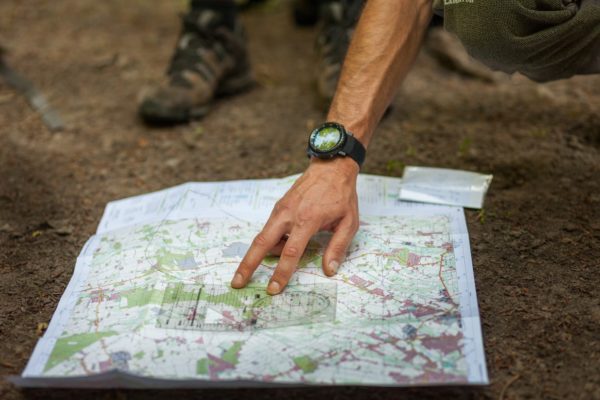
Read More
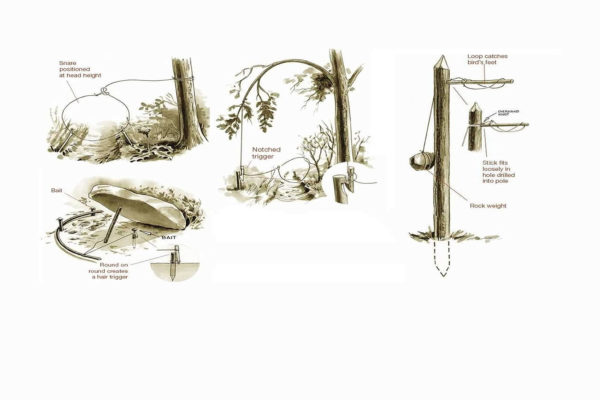
Read More
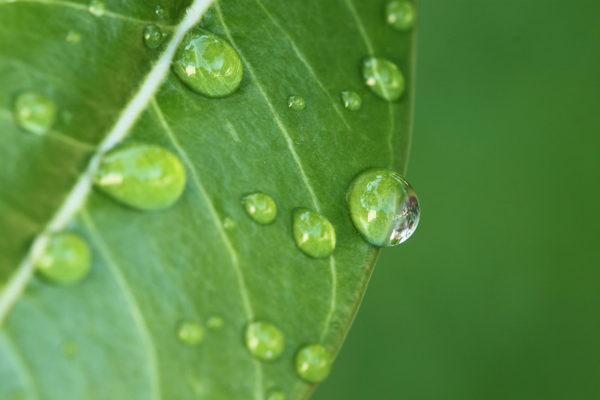
Read More
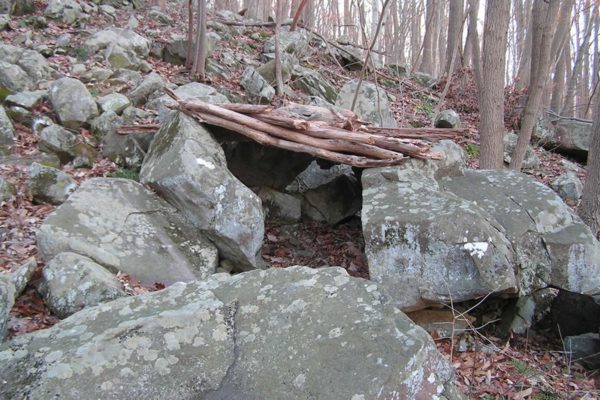
Read More
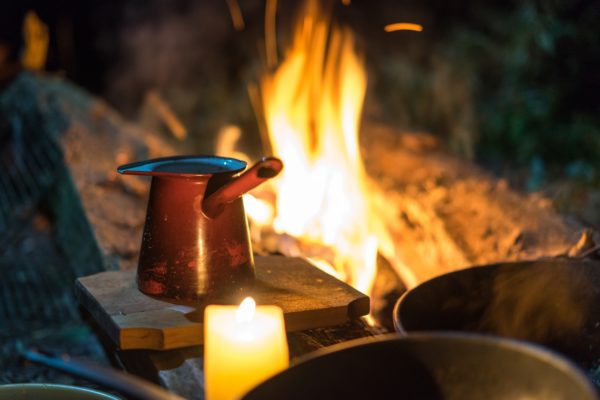
Read More

